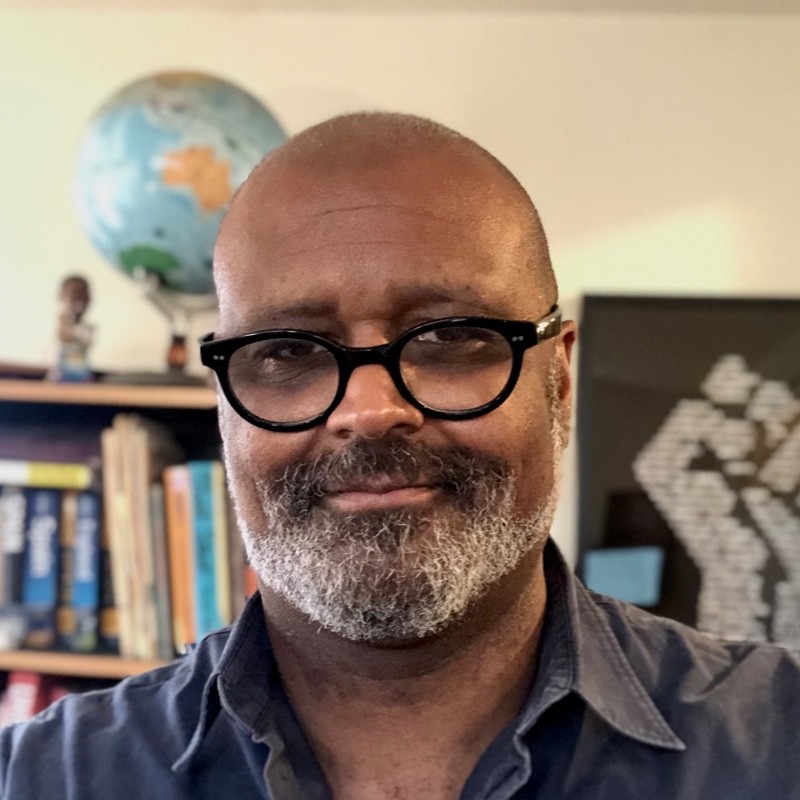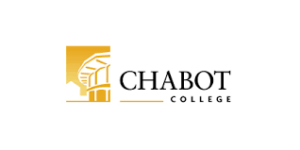
Michael Thompson
Instructor of History, Chabot College
Chabot College, situated in Hayward, California, is renowned for its diverse student body and dedication to inclusive education. Instructor of History, Michael Thompson, has been leveraging Hypothesis to elevate the learning experience in his courses. Employing the Universal Design for Learning (UDL) framework, Thompson crafts flexible learning environments that offer students a choice between reading and video content each week. By incorporating YouTube videos into his course materials, he has successfully maintained student engagement and fostered deeper connections through Hypothesis annotations.
Challenge
Thompson faced challenges in engaging students with secondary source materials and building a sense of community in asynchronous courses. Before implementing Hypothesis, he found video content could sometimes be limited in fostering student engagement and interaction.
“My students needed a tool that not only provided content but also encouraged interaction and deeper engagement,” – Michael Thompson
Solution
Thompson implemented Hypothesis, integrating it with YouTube videos to adhere to UDL principles. He offered students the option to engage with secondary source materials either through readings or videos. This flexibility allowed students to choose their preferred method of learning consumption. Hypothesis’s transcript feature was particularly beneficial, enabling students to annotate videos and use those annotations in subsequent assignments.
Results
| Thompson Courses using Hypothesis: | 3 |
| Total Youtube Assignments: | 88 |
| Total YouTube Annotations: | 1394 |
| Total Students | 61 |
Flexibility
Thompson provided guiding annotations occasionally but preferred to let students explore and annotate on their own, enhancing their critical thinking skills.
Community Building
Annotations were used to foster a spirit of gratitude among students, as students mentioned peers whose annotations helped them understand concepts better. The use of Hypothesis fostered a sense of community in asynchronous courses, as students acknowledged each other’s support through annotations.
Challenges and Student Adaptation
Students were gradually becoming comfortable with asking questions and admitting when they didn’t understand something. This was an ongoing process but showed positive progress.
Technology Integration
Hypothesis improved its mobile compatibility, making it easier for students using various devices. Thompson utilized external tools within Canvas to provide students with options without setting everything up as assignments.
Impact
Thompson observed varying levels of preparedness and engagement in both asynchronous and in-person courses. Students appreciated the flexibility and the ability to engage with the material in different formats.
Conclusion
The integration of Hypothesis with YouTube videos enhanced the UDL learning experience within Thompson’s courses at Chabot College by improving comprehension, fostering community, and supporting diverse learning preferences.
Ready to give students a whole new way to engage with scholarly content? Fill out the form below to get started:
